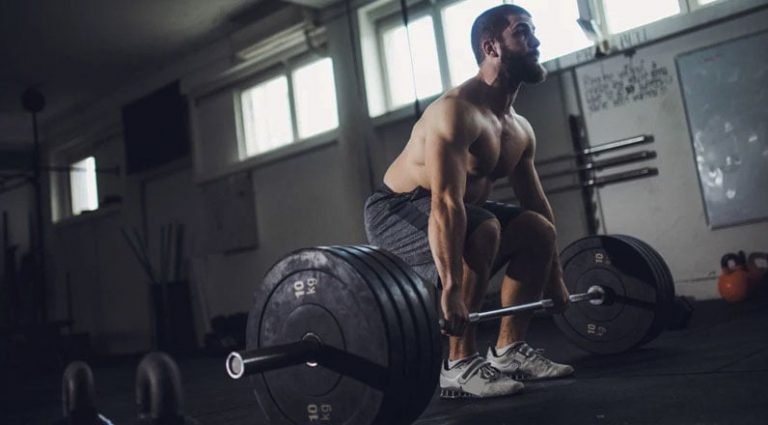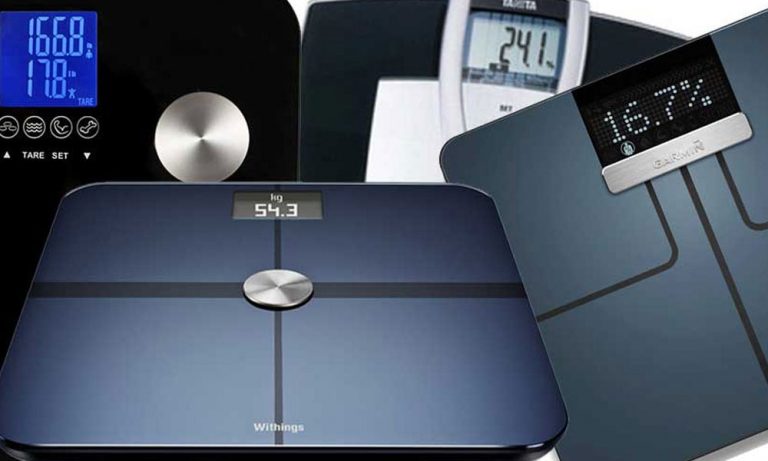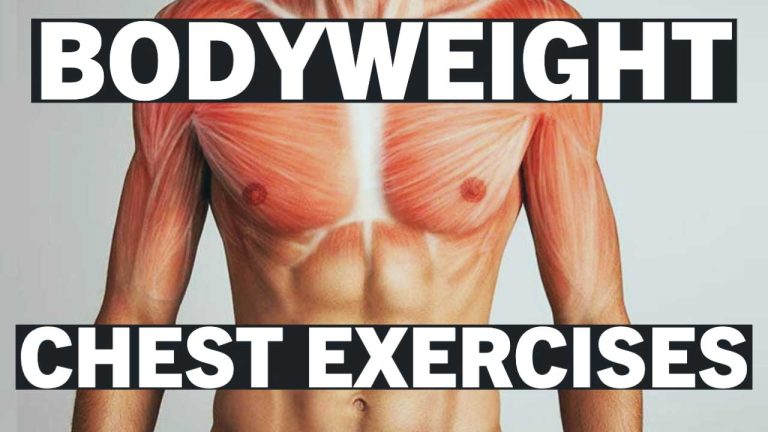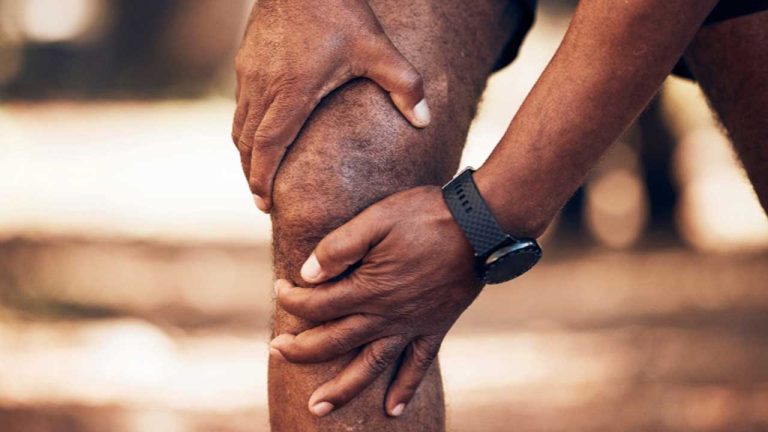How To Fix Calluses on Hands from Pull-Ups

ListedFit is reader-supported. When you buy through links on our site, we may earn a small commission.
Unfortunately, some of us get calluses on hands from pull-ups.
Calluses can be more than annoying; they can sometimes be painful.
All calluses, no matter where they are located, are caused by repetitive motions that produce friction on the skin.
This is why so many pull-up and calisthenic workout beginners experience calluses when they are just getting started.
As a defense mechanism, dead skin begins to pile up over the callused areas to protect them from further damage. This produces thick patches of hard skin that may stay in place for a long time.
Many workout enthusiasts and personal trainers refer to this as ‘gym hands’. You will typically find callus development on the ridge of your palms, just below your fingers.
Not everyone gets calluses from pull-ups, but some people are more prone to developing them than others.
Scroll down to see our suggested list of effective hand creams to treat and prevent calluses.
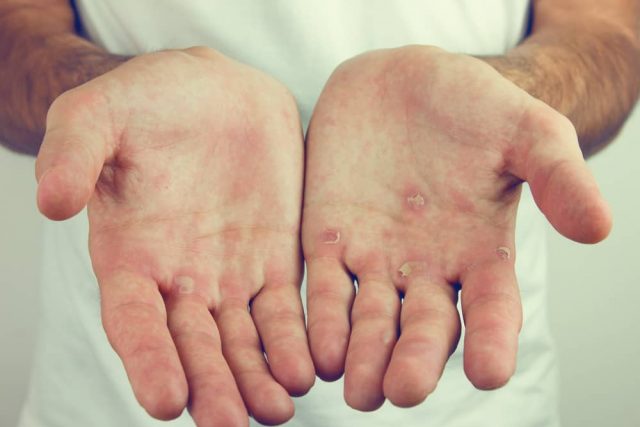
Are Hand Calluses Good?
Some people, especially men, see callused hands as a badge of honor.
They think this means they work hard and play hard and it is their destiny to have tough hands.
The truth is, for those who do pull-ups or lift heavy weights, calluses are actually beneficial.
Some calluses are good because they make your skin rougher and help you grip the pull-up bar more effectively.
As a word of caution, you do not want your calluses to get overly big because they could cause pain and could rupture during a pull-up, which could lead you sidelined until healing takes place.
You must be careful to monitor your calluses and care for them properly. If the callus ridge attaches to the bar and rips open, you will be left with a gaping wound that hurts and stings badly, making it impossible for you to grip anything, much less perform a pull-up.
So, yes, hand calluses can be good for your hands while doing pull-ups regularly, but special care must be taken to ensure they do not become too big.
There are treatment options available that can remove the hardened calluses and make sure your hands remain healthy and strong.
How to Stop Calluses on Hands from the Gym
Not being able to grip the pull-up bar or dumbbells can be annoying. The thing is, not all calluses are bad, but some people prefer not to get them at all.

Try Scraping
If you find your hands becoming too sensitive and your calluses are getting too thick, you can try scraping your hands.
This sounds very brutal, but it’s not at all.
Scraping involves taking a rough-edged object and scraping off the top layer of your skin, including the calluses. This will help to remove excess calluses and also promote healing.
Believe it or not, there are tools you can buy to scrape the calluses off your hands.
These tools are best kept in your bathroom and used when your hands have been in warm water for a while, this is when the skin is much softer and the callused skin is much easier to scrape off.
Doing this regularly will help to keep the thicker more uncomfortable calluses at bay.
Try A Good Quality Hand Cream
If the calluses on your hands are too thick, you can try applying a hand cream that softens your palms at the end of your workout.
Some of the better hand creams contain ingredients specifically formulated to help with the problem of calluses. See our suggestions below.
These ingredients can help to speed up the softening process and also moisturize your hands. If you decide to try a hand cream, make sure it has a high cocoa butter content and is free of alcohol.
Wearing Gloves When You Workout
Another effective way to avoid calluses from the gym is to wear gym gloves.
People often have mixed feelings about wearing gloves. Some say they can interfere with your grip, while others swear by them to get the best grip possible because their hands do not get sweaty.
The jury is out, on their effectiveness, but we still think they are worthy of consideration if calluses are giving you trouble.
Creams That Help – Hand Callus Creams
Thankfully, some hand callus creams can bring great relief, helping to heal your calluses much faster.
These three hand callus creams can help.
1. RipFix by Winnies
This tin of RipFix offers amazing relief for calluses and cracked hands. It is a unique cream because it offers both prevention and treatment for calluses. This brand comes highly recommended by gymnasts and personal trainers. It can even be used to treat ripped calluses, so they heal much faster and are not so painful.
This cream contains a proprietary blend of natural ingredients such as beeswax, camphor, tea tree oil, coconut oil, and petroleum jelly. Apply this cream throughout the day and especially at bedtime.
2. WOD Welder Hand Cream for Athletes
This cream helps to heal rips and tears caused by broken calluses. It helps to soothe the pain of calluses that occur after workouts. This cream is guaranteed to get you back on the bar as soon as possible.
WOD Welder cream uses all-natural ingredients. Unlike water-based creams, this cream helps to moisturize deeply, allowing for complete healing in a short time.
This brand contains ingredients like peppermint oil, lanolin, allantoin, and eucalyptus oil. WOD Welder cream is not overly greasy and dries quickly.
3. SandBar Jumbo Salve
This healing salve is a mess-free way to treat and soothe your painful calluses and help them break down much faster. The company recommends sanding down your calluses and then using their salve to keep them at a manageable size so they do not grow too large or rip.
This healing salve contains ingredients such as Shea Butter, calendula oil, yellow beeswax, moringa seed oil, tea tree oil, and arrowroot powder. Apply liberally to your calluses and see them begin to go down in size and roughness quickly.
Do Hand Calluses Go Away on Their Own?
Calluses will typically not go away until some weeks after you stop the activity that is causing them.
For most people, skipping workouts entirely is not an option.

That’s why adopting an effective routine to keep the calluses from becoming too thick and uncomfortable is the best solution.
What to Do If Your Callus Tears Open
If a callus tears and opens up, they leave behind a raw wound that can be very uncomfortable and could even get infected.
There is no comfortable way to carry on lifting when this happens.
The first thing you should do is stop the activity you’re doing. The skin underneath will be very fragile and a further tear could occur.
One of the best ways to begin treating a cracked or torn callus is to soak your hand in warm soapy water.
This will help to gently soothe the skin and soften it, so it can begin healing much faster.
If you develop a ripped callus, it is important to keep the wound clean. Add a drop or two of disinfectant to the water.
You can then think about using a band-aid or wrapping the hand to keep it clean.
It can take several days for a scab to form and the skin to begin to regrow.
Take extra care to ensure the ripped callus does not become infected. Keep
If a broken callus begins showing signs of infection, it is time to forego the at-home remedies and seek medical attention.
Signs of infection include the following.
- Localized redness that spreads beyond the border of the callus
- A feeling of heat in the affected area
- Increasing pain that is not relieved with traditional at-home treatments
- Swelling in the callused area
- Pus or drainage coming from the calluses
Once calluses begin to develop and become painful, it is important to stop working out until healing takes place, so the condition does not worsen.
Creams That Help – Hand Callus Creams
Thankfully, some hand callus creams can bring great relief, helping to heal your calluses much faster. The following offers information on the top three hand callus creams we recommend.
This tin of RipFix offers amazing relief for calluses and cracked hands. It is a unique cream because it offers both prevention and treatment for calluses. This brand comes highly recommended by gymnasts and personal trainers. It can even be used to treat ripped calluses, so they heal much faster and are not so painful.
This cream contains a proprietary blend of natural ingredients such as beeswax, camphor, tea tree oil, coconut oil, and petroleum jelly. Apply this cream throughout the day and especially at bedtime.
2. WOD Welder Hand Cream for Athletes
This cream helps to heal rips and tears caused by broken calluses. It helps to soothe the pain of calluses that occur after workouts. This cream is guaranteed to get you back on the bar as soon as possible.
WOD Welder cream uses all-natural ingredients. Unlike water-based creams, this cream helps to moisturize deeply, allowing for complete healing in a short time.
This brand contains ingredients like peppermint oil, lanolin, allantoin, and eucalyptus oil. WOD Welder cream is not overly greasy and dries quickly.
This healing salve is a mess-free way to treat and soothe your painful calluses and help them break down much faster. The company recommends sanding down your calluses and then using their salve to keep them at a manageable size so they do not grow too large or rip.
This healing salve contains ingredients such as Shea Butter, calendula oil, yellow beeswax, moringa seed oil, tea tree oil, and arrowroot powder. Apply liberally to your calluses and see them begin to go down in size and roughness quickly.
Conclusion – Dealing With Calluses on Hands from Pull-Ups
Calluses do not always have to be a part of the gym life, but they are common.
With the tips above and helpful creams, you can treat your hands with the care they need for full relief, so you can get back on the bar quickly.
Author
Latest entries
 GearJuly 20, 2024Headphones and Earbuds – Tried and Tested!
GearJuly 20, 2024Headphones and Earbuds – Tried and Tested! FitnessAugust 19, 2023Yohimbe vs Yohimbine: A Quick Comparison Guide
FitnessAugust 19, 2023Yohimbe vs Yohimbine: A Quick Comparison Guide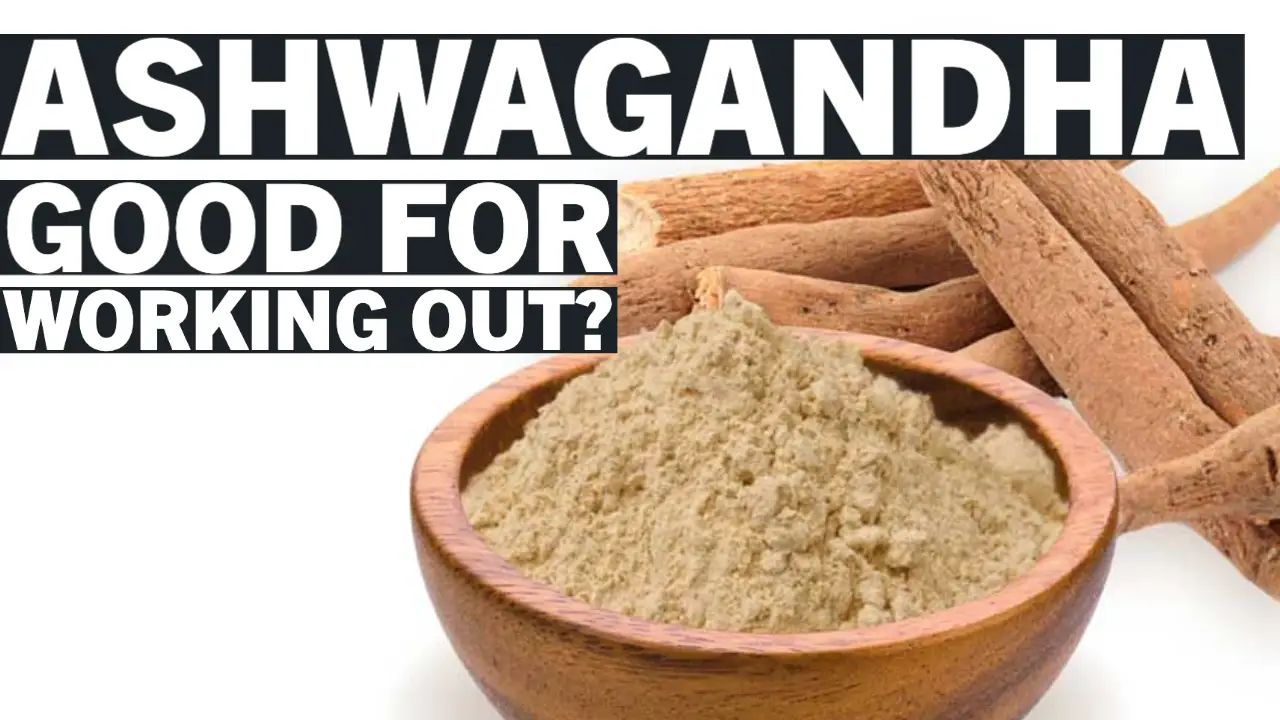 AshwagandhaJune 16, 2023Is Ashwagandha Good for Working Out? Key Benefits Explored
AshwagandhaJune 16, 2023Is Ashwagandha Good for Working Out? Key Benefits Explored Sports HeadphonesMay 25, 2023Why Your EarBuds Keep Falling Out – Quick and Easy Solutions
Sports HeadphonesMay 25, 2023Why Your EarBuds Keep Falling Out – Quick and Easy Solutions
Affiliates:
This post may contain affiliate links that at no additional cost to you, the site may earn a small commission. We only recommend products we would use ourselves and all opinions expressed on this site are our own.
General Advice:
The information provided in this article is for general informational purposes only. It is not intended as a substitute for professional advice. Always consult with a qualified healthcare professional before starting any new diet, exercise program, or making changes to your health routine.
Accuracy Advice:
While we strive to provide up-to-date and accurate information, the content in this article may not reflect the most current research or medical guidelines. We encourage readers to do further research and consult with professionals for more personalized advice.
Our Recommendations:
The products and services mentioned in any of our articles are recommended based on our independent research and personal experience. We are not sponsored by any company. We aim to suggest products and services we believe are of high quality and could be beneficial to our readers.

